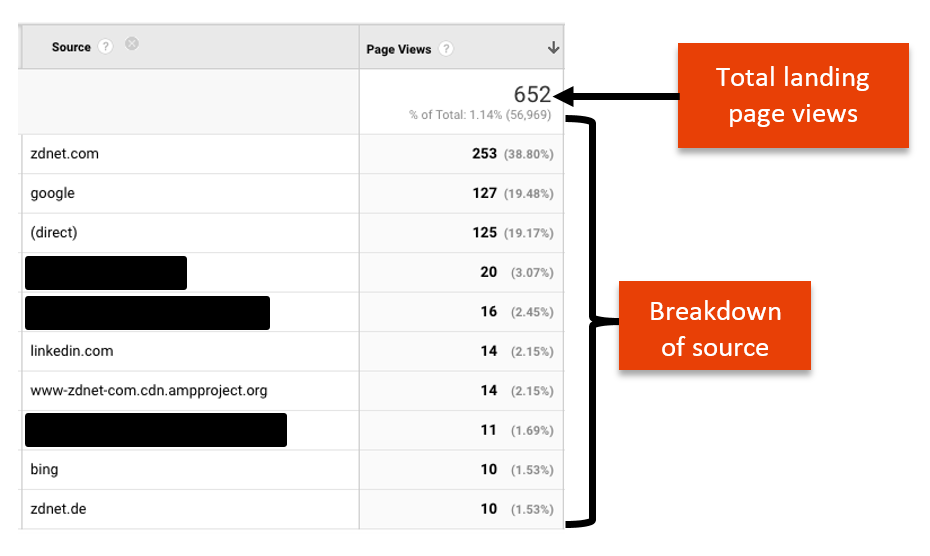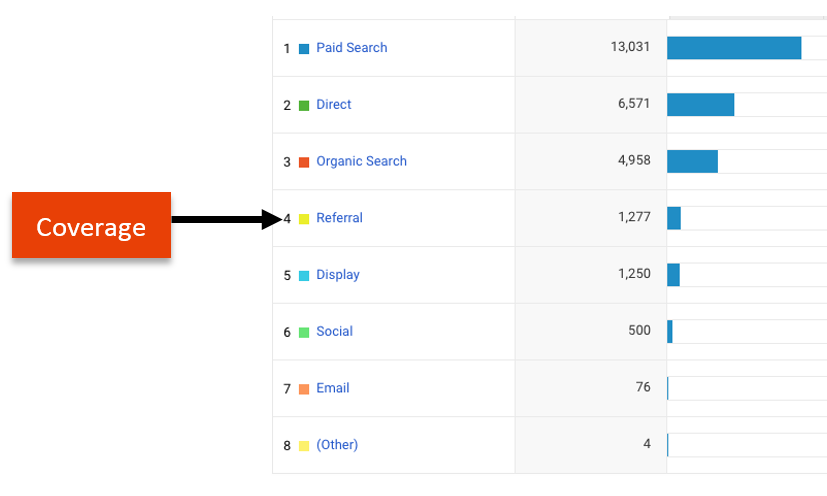Blog / Guest blog / How to...
How to measure PR campaigns

A guest post written by Sanjay Dove, senior account manager at Wildfire.
PR seems to have a reputation for being beastly to measure.
Perhaps it’s because of the nature of our work, where we manage reputation and alter perceptions. It’s like trying to put a figure on emotion. Or perhaps it’s because we PR folk tend to think more creatively than logically. Or maybe it’s a combination of both of those factors.
Whatever the reason, the fact remains that we, as an industry, are just not very good at it. A lot of the time, we tie ourselves in knots with a great load of metrics that don’t matter, and we fling them at clients (if we’re agency side) or our boss (if we’re in house) without any thought towards whether they’re strategically necessary. Sometimes, I think we confuse clients with the sheer amount of “stuff” we report to them.
Which is why I think we need to simplify how we measure PR and focus only on what matters. In my mind, most of the things we measure in PR fall into one of three categories — either output, outcome or impact. As an industry, I believe we focus too much on the first two and not enough on the last. Here’s my thinking…
1. Measurement by output — your client probably doesn’t care
Most PRs list the “deliverables” at the end of a campaign proposal or plan — i.e. the number of press releases, articles, social media posts, and so on that make up that campaign. Obviously, you’ll want to keep track of the number of deliverables to make sure you don’t go over budget, but I think many PR pros make too much of a song and dance around the amount of “stuff” they’ve done without really looking at the bigger picture of what it’s achieved. In short, only you, the PR person, cares about the amount of work you do. The client cares about the result.
2. Measurement by outcome — your client’s boss probably doesn’t care
Disclaimer: I know the PR industry doesn’t agree on what the term outcome means, but in my mind, it means coverage. It means putting a figure on the number of media hits you’ve achieved, and then assessing each piece of coverage in terms of its “tier”, type (byline or news), sentiment (positive or negative), client messaging (is there any?), domain authority, backlinks, and so on. And if you’re measuring social media by outcome, you’re looking at things like impressions, shares, retweets, comments and engagement rates.
I’m sure you measure this kind of stuff; every PR person does. But I honestly wonder if clients really care. I mean, clients who work in a marketing function do understand the value of coverage and social media engagement, but the person they get your budget from, usually a finance director of sorts, definitely doesn’t. So that’s why we should devote a portion of our time to the next level of measurement as well — on impact.
3. Measurement by impact — everyone cares
When we start measuring by impact, we show our true worth as PR professionals — and we prove how strategically important PR is. Here, we measure the effect our work has actually had on a client’s business.
If the objective of the campaign is to raise “awareness” of an issue, brand or product, there are two areas I would focus on measuring.
The first is to measure whether your target audiences are aware of whatever you want them to be aware of. Which means commissioning research to ask them. The pros of this approach are that this gives you simple, honest and clear feedback as to whether your campaign has worked. The cons are that it can be expensive depending on how niche the audience is that you’re targeting, and that you’ll need to do it twice — first before your campaign and then again after so you can see if anything has improved.
The other area to measure is how that awareness has affected the business by bringing in potential customers. And to do that, we use the most powerful tool we have at our disposal — Google Analytics:
- Measure traffic spikes correlating to campaigns: While running a campaign, Google Analytics enables you to monitor how much traffic the client’s website is getting as a result. If you see a spike, and you know that the client isn’t running any special marketing activity (like an event) at the same time, you can be pretty sure that that PR is responsible for that uptick in traffic — whether it’s coverage or social media activity driving people to the site:

Example from a client of Wildfire’s
- Measure report downloads or landing page views: Most campaigns will feature some sort of content or landing page hosted on the client’s website. Google Analytics gives you figures on how many views those assets have had, while giving you a breakdown of where that traffic is coming from — whether it’s from specific pieces of coverage or from social media activity:

Example from a client of Wildfire’s
- See exactly where traffic is coming from: Landing pages and content aside, Google Analytics enables you to see how many people have come through to the wider site through clicks on links in coverage. You can also compare how much traffic coverage is driving versus social media:

Example from a client of Wildfire’s
The downside of using Google Analytics is that it doesn’t give you a breakdown of your traffic, so you won’t be able to tell with 100% certainty that the people coming your client’s site are the ones you are specifically looking to target. But when you combine data from Google Analytics with data from third-party research and quarterly sales figures, you get a strong idea of whether your campaign is working.
BUT… Not everything that’s valuable can be measured
I think the most important thing when it comes to measurement is focus. Using a few but effective metrics is vastly more powerful than using lots of mediocre metrics that don’t tie campaigns back to impact. As Einstein once famously said: “Not everything that can be counted counts.”
So speaking of what counts, if you can provide metrics that are easy for your clients to translate into business terms for their boss, you’re on to a winner.
About the author

Sanjay Dove is a senior account manager at leading tech PR agency Wildfire. He has extensive experience with executing campaigns for brands in the IT, cybersecurity, marketing tech, semiconductor and consumer tech industries — working with small startups to build their brand awareness and credibility, and working with the big tech brands to manage their reputation within their given industries.


